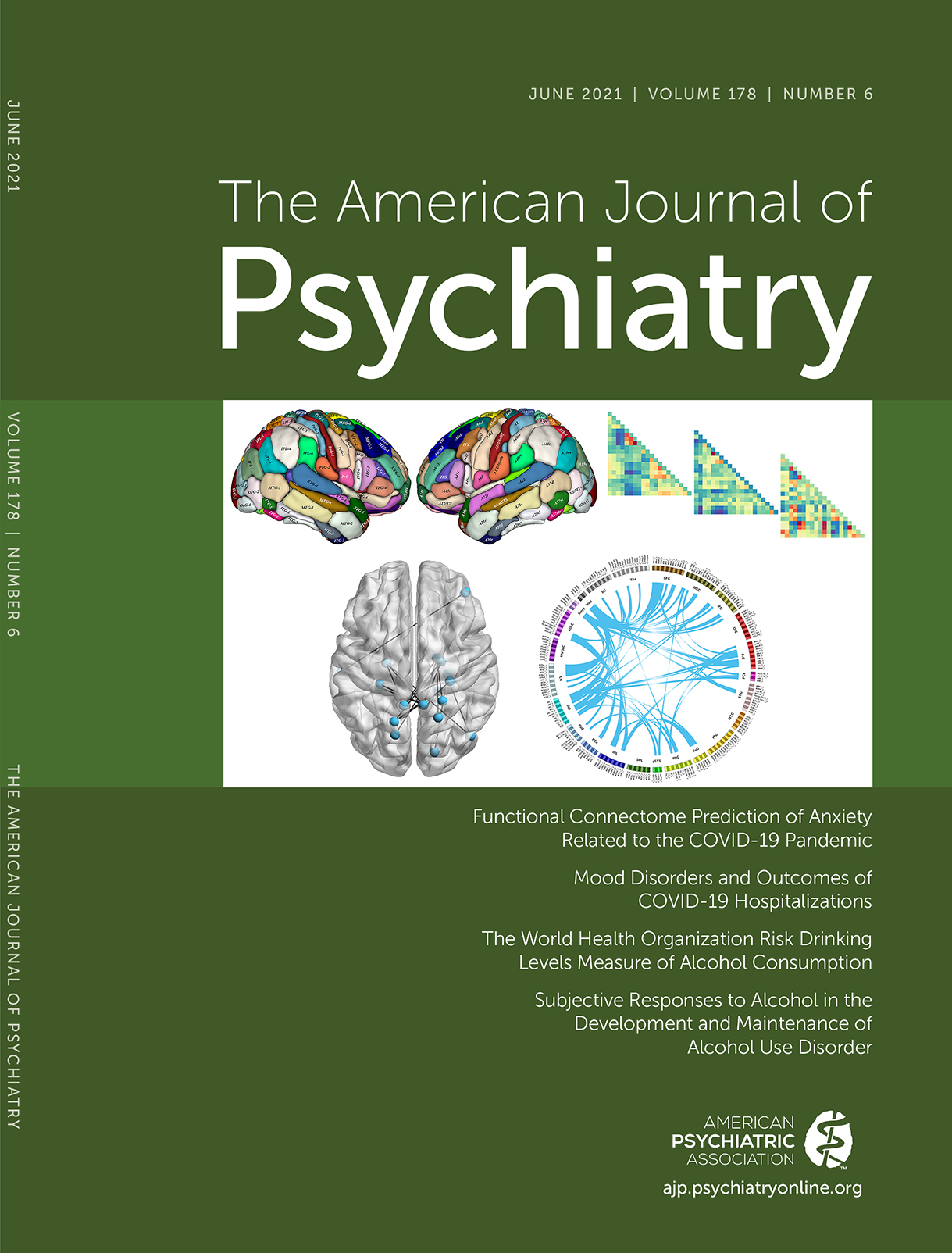The Prehistory of Psychiatric Genetics: 1780–1910
Abstract
While psychiatric genetics has emerged as one of our most dynamic research fields, the historical context in which we view these developments is limited. To provide such a perspective, the author reviews 48 representative texts, published from 1780 to 1910, examining the inheritance of insanity. Six main conclusions emerge. First, most authors viewed heredity as among the strongest risk factors for insanity. Second, most writers concluded that a predisposition to illness rather than the illness itself was transmitted in families. Third, the probabilistic nature of the transmission was noted, as insanity often skipped generations or affected only a few of many siblings. Fourth, authors discussed the homogeneity versus heterogeneity of familial transmission of the various forms of insanities. Heterogeneous transmission was usually seen as the rule—with relatives of insane patients affected with a wide variety of psychiatric, and sometimes neurological, illnesses. Homogeneous transmission (“like begets like”) was the exception. Fifth, writers noted that odd and eccentric personality features were common in the relatives of their insane patients. Finally, inheritance was commonly understood to include prior environmental parental experiences, and some authors noted that parent-offspring transmission of insanity could arise from psychological or intrauterine effects. Many of these conclusions, arising solely from clinical experience and without an understanding of biological mechanisms, statistical analyses, or necessary controls, are supported by later, more rigorous methods. Rather than entirely rejecting its value, we might view this literature as a complementary resource, likely more biased, but suffused with the extensive clinical knowledge of our forebears.



